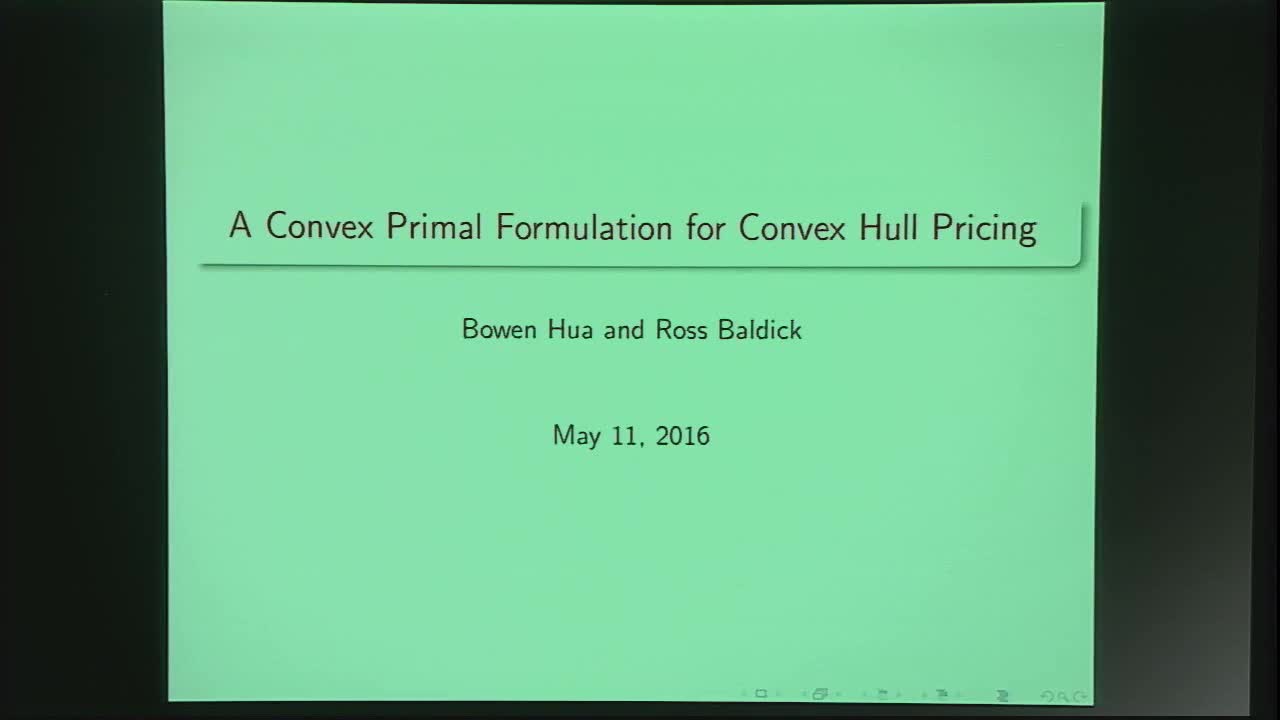Abstract
Unit commitment and dispatch of generation in electricity markets involves the ISO sending target quantity instructions to each generator. Ideally, energy prices provide incentives for profit maximizing market participants to comply with efficient commitment and dispatch instructions in the short-term, and to develop new generation (based on anticipation of future energy prices) at the right place and time over the long-term. Various issues prevent this ideal, including the non-convexity of the underlying unit commitment problem, so that start-up and no-load costs of generation units may not be covered by sales of energy at locational marginal prices. To encourage generators to comply with commitment and dispatch, non-negative profit is guaranteed by the ISO, but this guarantee necessitates non-anonymous “uplift” payments. Because energy prices alone do not provide all the information about profitability in the market, incentives for new generation to enter the market are weakened. Moreover, the energy prices do not reveal to demand the full cost of providing energy, weakening incentives for demand response. Both issues arguably contribute to resource adequacy problems. Convex hull pricing is a uniform pricing scheme that minimizes uplift payments. The Lagrangian dual problem of the unit commitment problem has been used to determine the convex hull prices. This approach is computationally expensive, however. In this paper, we propose a polynomially-solvable primal formulation for the Lagrangian dual problem in which we explicitly describe convex hulls of individual units' feasible sets and convex envelopes of their bid cost functions. We show that our formulation leads to exact convex hull prices when ramping constraints are not present, and that the exactness is preserved when ancillary services or transmission constraints are considered. When ramping constraints are considered, we use a tractable approximation. Our formulation can be cast as a second-order cone program if the cost functions are quadratic, or a linear program if the cost functions are piecewise linear. Numerical tests are conducted on several examples found in the literature. Although this work provides for convenient implementation of convex hull pricing, significant issues remain. For example, the incentives for generators to reveal truthful start-up and no-load information are not well understood under either the traditional uplift approach or convex hull pricing. Moreover, under convex hull prices, profit maximizing generators have incentives to deviate from the ISO-determined dispatch instructions.
This is joint work with Bowen Hua.
